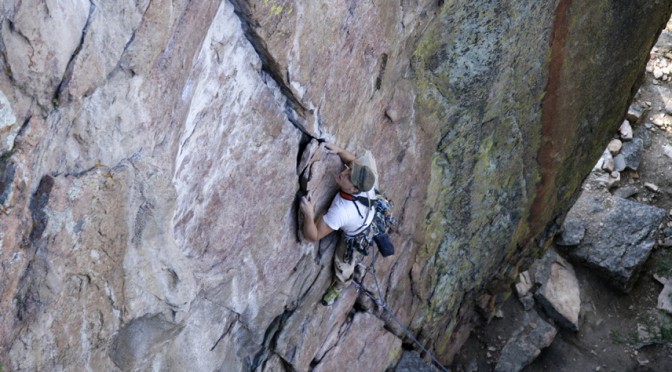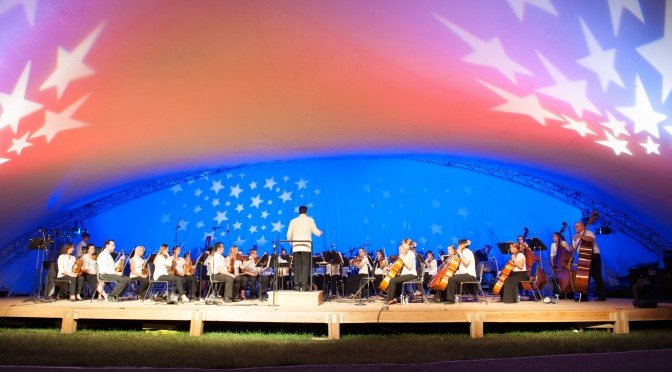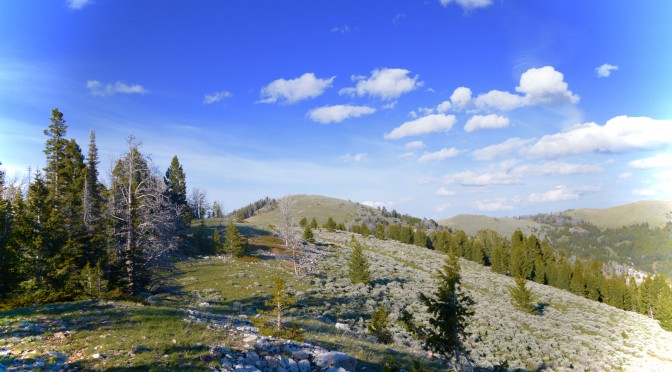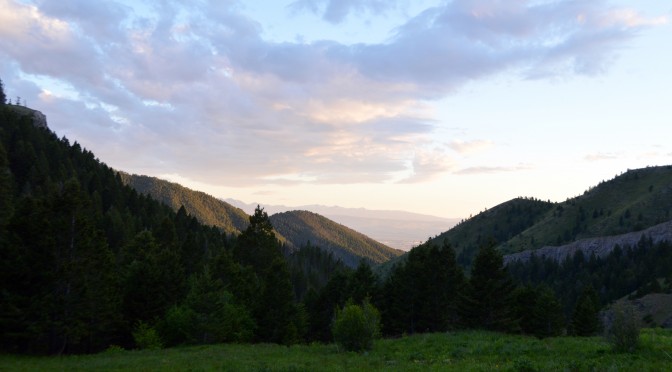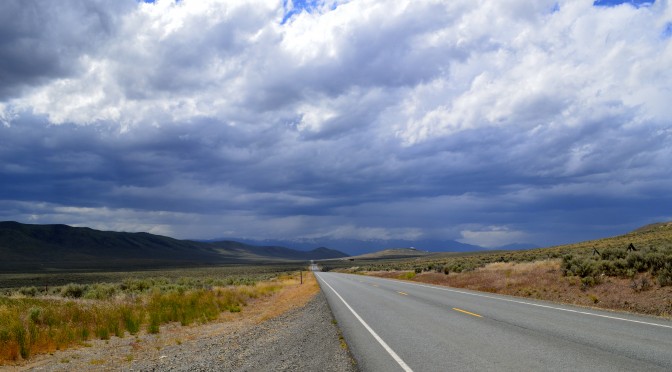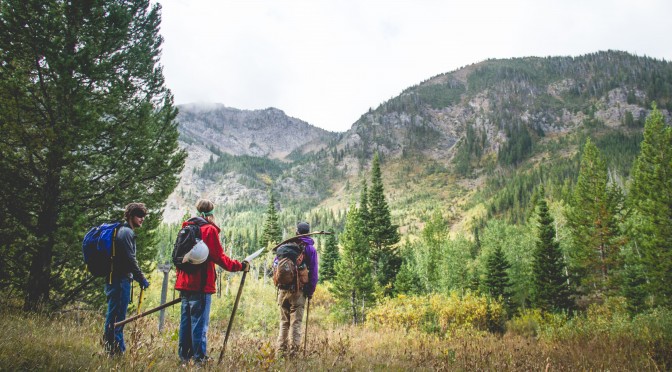The benefits of wilderness medicine.
by Corey Hockett
I sat in our campsite anxiously sipping coffee, watching the sunrise. A chilly breeze sifted through the valley and defied the morning light’s warmth. As the rays stretched on the distant rock, I looked at one wall in particular. The evening prior, my group spent hours on it—streaking up some routes, and struggling with others.
My mind was stuck on one. I’d made it most of the way up, but after many attempts, traversed to an easier pitch to finish the climb. In the end, I’d gotten to the top, but I hadn’t really done the route. Same went for my mate Michael. Heading to camp, we vowed to come back the next morning to give it another crack.
At about 9am, after breakfast, we headed up the trail—a heinous approach pitched around 50 degrees, scattered with heavy deadfall. Reaching the climb’s base, we threw our packs down, huffing and puffing to catch our breath. Michael tied in, noting he was keen to hop on it first, while our friend Ashley put him on belay. Content watching, I sat against a tree to admire from below.
The first few bolts were quick and fluid as Michael worked smoothly through each of his moves. Once he hit the crux—an exposed face 15 feet above a protruding ledge—, things started to turn. Stuck in place, he clung statically to the wall as his technique fell apart. Violent exhales accompanied frantic shifts to and fro as he tried to figure out the sequence. I looked at Ashley and told her to get ready to catch him. After 30 more seconds of unsuccessful problem solving, his effort turned to desperation.
“Eh, Ah, Shit!” he yelled. And then he came off.
Ashley locked him tight, but enough rope was out that he fell to the ledge and collapsed. The collision echoed at an alarming volume, his ankles taking the brunt of it. Suspended and dangling in the air, he shrieked gasps of pain and gave no response to our calls from below.
Michael is tough and he’s not one to milk a scene for attention–this was serious. He scraped down the rock as Ashley slowly lowered him. When he finally grounded, we rolled up his pant legs—the injury was worse than we thought. Both ankles were black, blue, and abnormally swollen—one the size of a baseball.
My mind raced, but suddenly flashed back to the Wilderness First Aid course I took in Bozeman. It was only a two-day class, but it had given me the basics, which in the moment were essential. Ashley and I talked through our treatment, remembering the protocol and forming a game plan. We slung his ankles with shirts and stabilized them with sticks and release straps.
Luckily, we had a group large enough to carry him so with four of us, we hoisted him up and slowly brought him down feet first, as taught. It was a long, and for Michael, gruesome process, but we got him down safely in time for the professionals to take over. After they left, Ashley and I went over what we did and how we could’ve improved.
Watching my buddy fall and shatter his ankles was a major eye opener and has me thinking differently. What if the approach was actually six miles instead of a half-mile? What if there had only been two of us instead of five? These questions, although I hate asking them, could very well be the scenario down the road.
Accidents may be beyond our control, but being prepared isn’t. If you’re an outdoor fanatic, take a Wilderness Medicine Course. Your partners will be glad you did.

